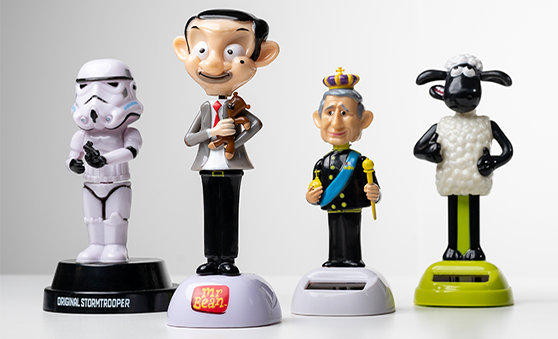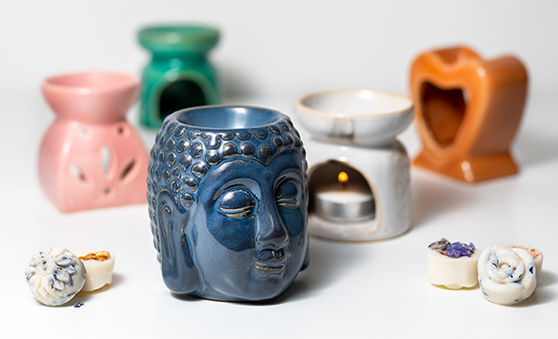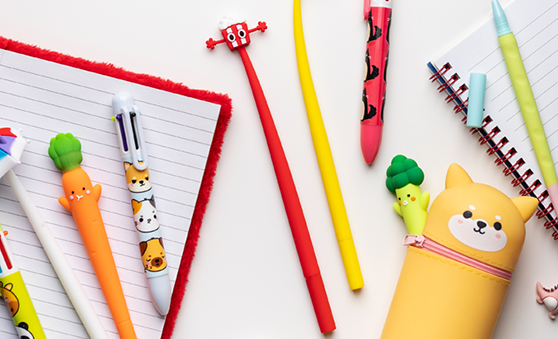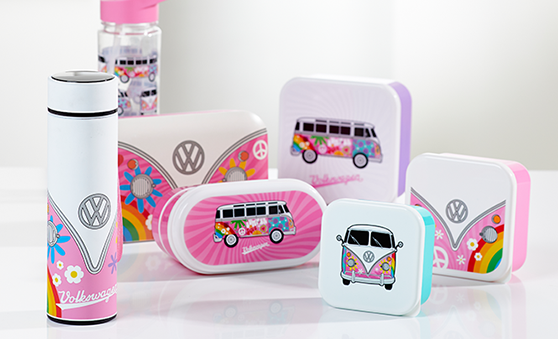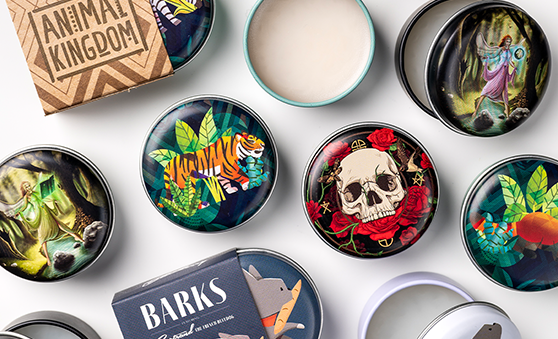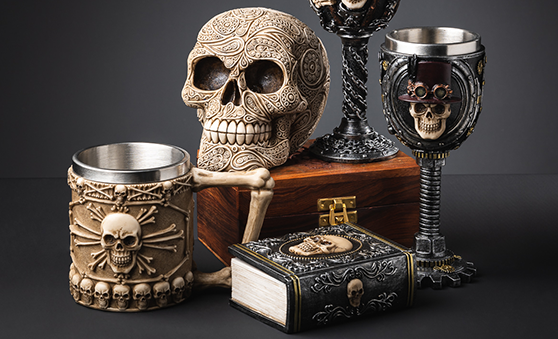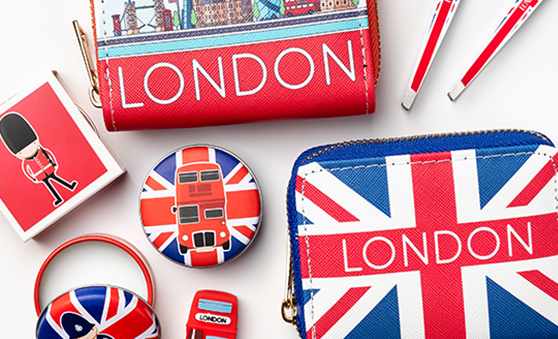Incense Product Guide
 What is incense?
What is incense?
A natural material that gives off fragrant smoke when burnt. Most are made of aromatic plant material and it's often combined with essential oils and natural resins to enhance the smell. It has an incredibly rich history and has been an important feature in rituals and ceremonies across various cultures and religions for centuries.
What is it used for?
Incense plays an integral role in various religious and cultural ceremonies, particularly in Hinduism and Buddhism. Hindus use it as part of their daily prayer in the home and at the temple. Though enthusiasts may not use it in any formal ceremony, it still has connections with spirituality and a lot of people use it in contexts of mindfulness, meditation and yoga.
Others may use it simply because they like the aroma or to create a particular ambience in the home. People also use it as an alternative to air freshener or odour coverers to mask unpleasant or unwanted smells in the home.
Main Uses:
- Daily prayer in the home
- To disguise odours
- Relaxation and meditation
- Yogic practices
- Aesthetic appreciation of the fragrance
How is it made?
From a base of resins, herbs and woods, which add the fragrance. They are then combined with a binding agent such as gum or natural resin, and then a combustion agent is added such as charcoal or makko bark. Distilled water is added, then it is enhanced with further natural and perfumery oils and then pressed or moulded into sticks, pellets or cones.
To manufacture high-quality joss sticks and cones not only must the finest ingredients be used, but also the greatest care must be taken at each stage of the process. Much like making a cake, the ingredients must be prepared and treated properly to create the best product.
How popular is it?
It has always been a popular product from our wholesale range, but it has become more popular in the last ten years or so as it has started to appeal to more mainstream audiences. It used to only be available in small Pagan or New Age stores but now you can find it in all sorts of different shops from little gift shops right up to big department stores.
It has also become more popular as more fragrances have been developed. This, in part, is due to the production of more essential oils and better extraction processes for fragrance and raw materials. All our products, however, are still hand-rolled which makes them better quality than manufactured alternatives.
Alongside a greater variety of fragrances, incense has also started to be branded differently and packaging has been redesigned to appeal to a wider market. The packaging these days is far more retail-friendly than it used to be, sticks are often presented in display boxes and the names of the fragrances themselves have been changed to titles like "Witches Curse" and "Unicorn's Kiss". These kinds of names are likely to appeal to customers who aren't familiar with substances like patchouli or sandalwood, for example.
What is Nag Champa?
Nag Champa is the world's best-selling incense brand. Its combination of flowers, resins, spices and herbs creates a subtle fragrance that is not over-powering but stays long after the stick or cone has burnt out.
Which products should I stock?
Ultimately this is up to you and depends on the type of customers you have. Our best-selling wholesale product in terms of quantity sold is the Nag Champa Incense Sticks pack that comes with 12 sticks included. Nag Champa is one of the most popular incenses worldwide and contains frangipani and sandalwood (both of which come from the Champa flower, hence the name). It's a fragrance that lingers for hours so the sticks will last consumers a long time, which is another reason they are so popular. They're also very high-quality incense sticks since they are hand-rolled.
The other products in the Nag Champa range also sell very well, Super Hit Nag Champa, for example, is the second best-seller in terms of quantity sold. Nag Champa could be considered a "staple" in the incense world, but it's unlikely to appeal to children or teens, who are just coming across incense for the first time or for those who are less familiar with incense.
This is where our Stamford comes in. The black range incense sticks have themed names like "Fairy's Mist" and "Vampire's Kiss" which makes them popular with a less specialised audience. The Premium Hex range also has some themed names including Dragon's Blood which is our third most popular incense product and the most popular product out of the Stamford range. The Premium Hex range sells very well more generally with products such as lavender, frankincense and myrrh and jasmine all making our top best-seller list.
With so many fragrances and design styles to choose from we are confident you will find the right products for your store.
Is there a minimum order amount?
Incense sticks have to be purchased in their outer display box (so in groups of 6 or 12 depending on the boxes) and are not sold on our website individually. Since incense is very cheap, it's an easy product to add a large variety to without having to order loads of stock.
What kind of shops does it sell well in?
In the past, it used to only be found in New Age and bohemian stores but it's more widely available these days and can be added to all kinds of gift shops including chemists, florists, book stores, health food shops and garden centres.
What different types are there?
We sell sticks and cones which require direct burning, the incense itself is lit as opposed to indirect burning. We have both standard incense sticks and cones as well as backflow incense cones which are burnt on a specific backflow incense burner.
Do sticks or cones sell better?
Generally, sticks sell better as they are more well-known.
Does it sell better at any particular time of year?
The line sells well throughout the year though some fragrances do better at Christmas such as frankincense and myrrh.
How quickly does it sell and what kind of profit margin can be made?
It doesn't really go off and we turn it around in the warehouse really quickly. We source from a large UK supplier and order in volume so we can offer the best prices. The profit margin is tight because it's a very competitive area, but we are an official stockist of Stamford and Nag Champa and we get a good price because we order in volume. That means customers can make a decent profit which is reflected in the fact that our best-selling incense product is also our some of our best-selling product across all our ranges of the last 12 months.
How is it packed?
In small display boxes of either 6 or 12 that can be put straight out onto the shop floor. The number of sticks in each pack varies depending on the mix. Cones come in individual boxes with approximately 15 cones in, but again, this can vary. Cones are not packaged in a decorative outer display box and most of them sell well as singles.
Are there any side effects to burning incense or health warnings that should be issued?
There has been limited research into the side effects and a single study that has reported some health issues associated with long-term exposure. Using it in moderation within the home is unlikely to cause you any harm, but if customers enquire as to health risks it is best to recommend that they use the product at their own risk (though general consensus is that this risk is very small anyway).
Where are the products sourced from?
The majority of wholesale incense sold today is sourced from India, and there is evidence that this has been the case throughout history, with the oils and perfumes to fragrance the sticks produced in India and then traded with other countries such as China, Indonesia and Egypt.
Do I need any certificates to sell this line?
You don't need specific certifications to sell incense and the majority of products will come with safety instructions. We do have a specific safety page on burning incense; we recommend this information be taken into account when using incense products.
What products sell well with incense?
It makes sense to stock burners and ash catchers alongside these products and we stock a range of different designs and themes.
Does it need to be stored in any special way?
It should be stored in a cool dry place out of direct sunlight to avoid the product getting overheated and being damaged.
Related Products:



